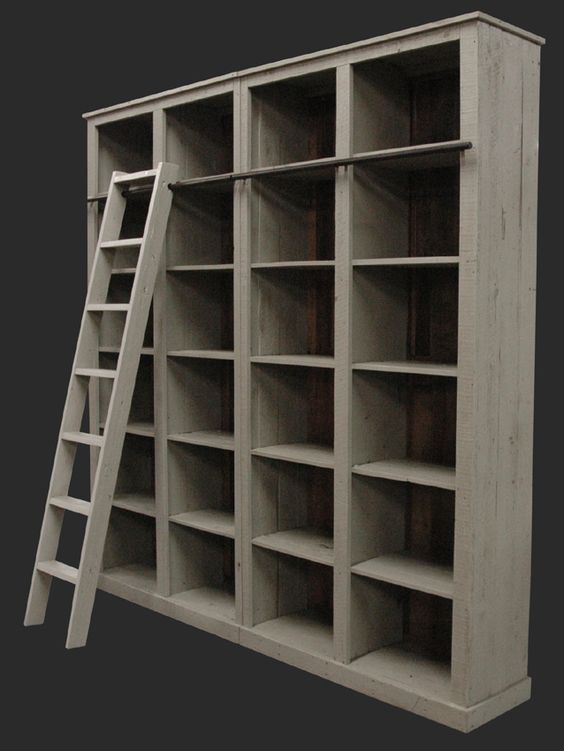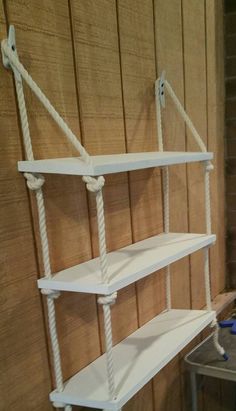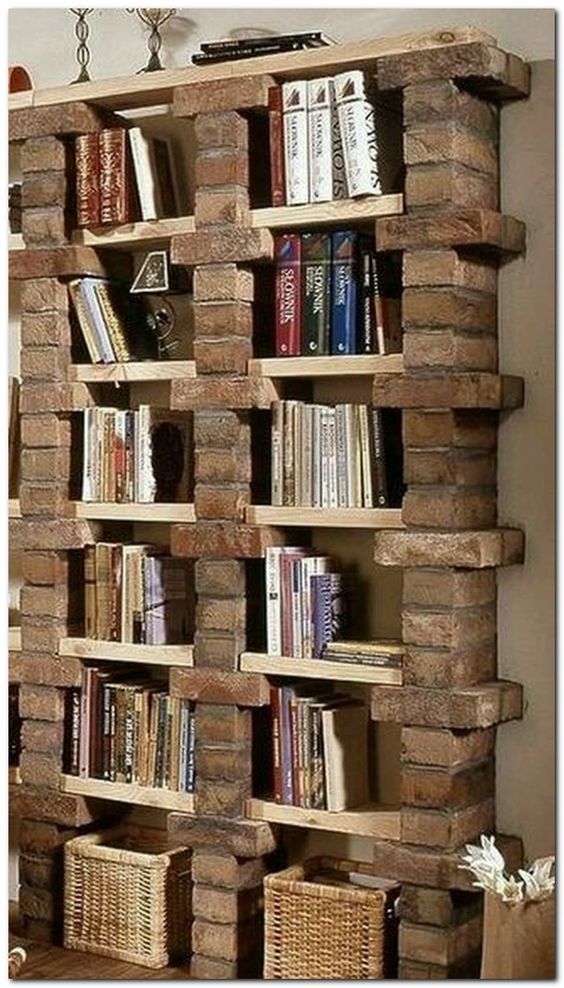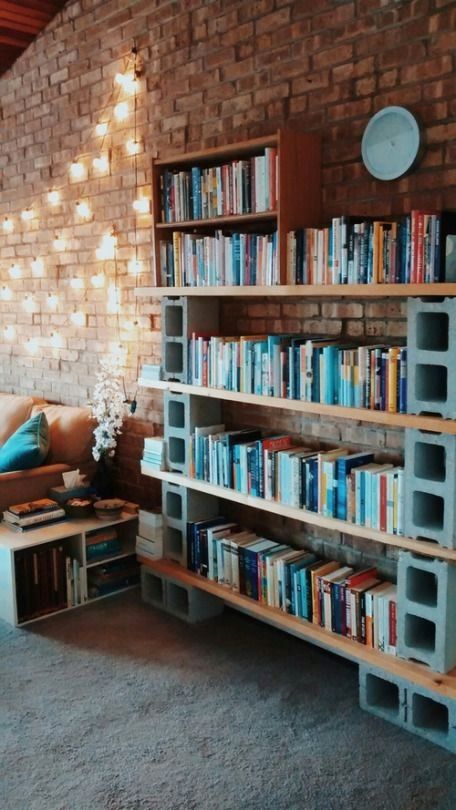As book lovers, we don’t lust after cheap bookshelves. When thinking about our private libraries and how to best display our treasured books, we all dream of something like the library from Beauty and the Beast, right? Or, barring that, some impossibly swirly or hidden-away book nook to settle into.
And then… well, we look at the price of those fancier bookshelves, take a deep breath, and redirect our attention towards some cheaper bookshelves that actually still look pretty nice and do the job.

It’s sometimes difficult to say goodbye to a beloved piece of furniture—no matter how weathered—so skip the fond farewell by refurbishing an old but cherished bookcase. Whether it needs stripping and sanding, a layer of lacquer, or a fresh coat of paint, a worn bookcase can be made as good as new with a little effort.

Assembled from a small stack of 1×8 boards and black plumbing pipes, this bookshelf is industrial in both strength and style—and putting the unit together proves that the electric drill is the tool that rules them all!

Rope is an excellent all-purpose craft material—it can be used in making stair railings, lampshades, and even privacy screens. A sturdy length of knotted rope is also great for suspending a shelf that lends a nautical charm to any room.

Using your imagination, you can create any type of bookcase like the birch wood. Possibly better suited to a music room or study, to be a conversation starter wherever it’s put.

Give old bricks a second life as a DIY bookcase by mounting it sideways on a wall. Glue the bricks together making the sturdy.

Use shipping pallets or old wooden boxes as the primary construction material in your DIY bookcase. Once you’ve assessed the quality and integrity of your individual pallets, begin the straightforward task of attaching horizontal shelves to the pallets’ slats. Be sure to mount the pallets using drywall anchors for maximum steadfastness against the wall.

Cinder blocks and wood planks form a more perfect union in this affordable shelving project, easy enough for even a novice DIYer to complete. Enhance the structure’s style by painting the boards before inserting them into the cinder blocks.

